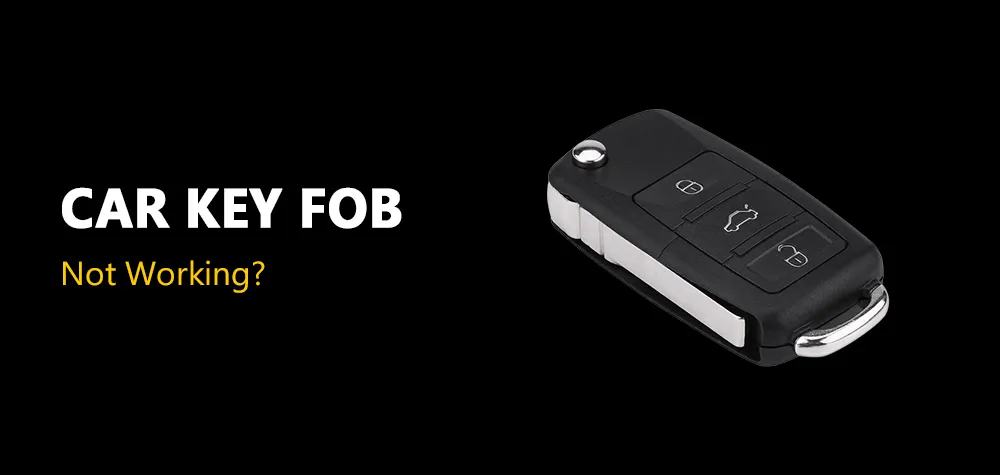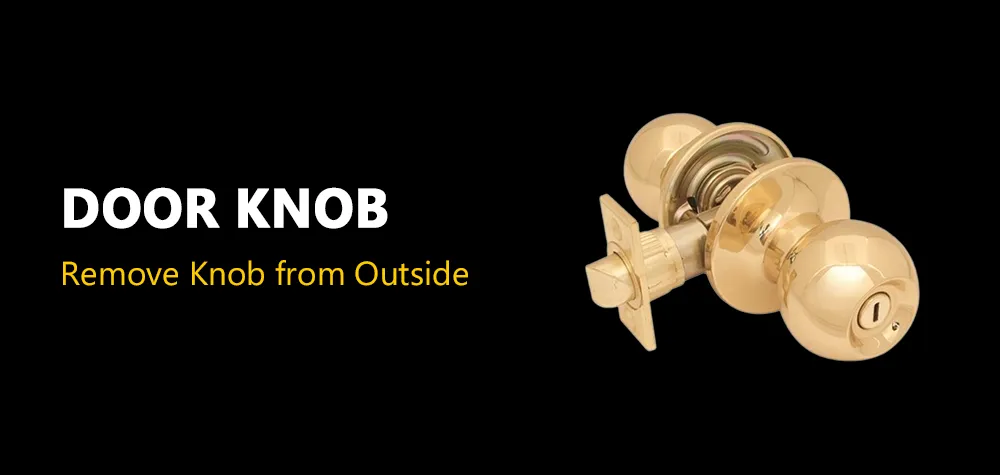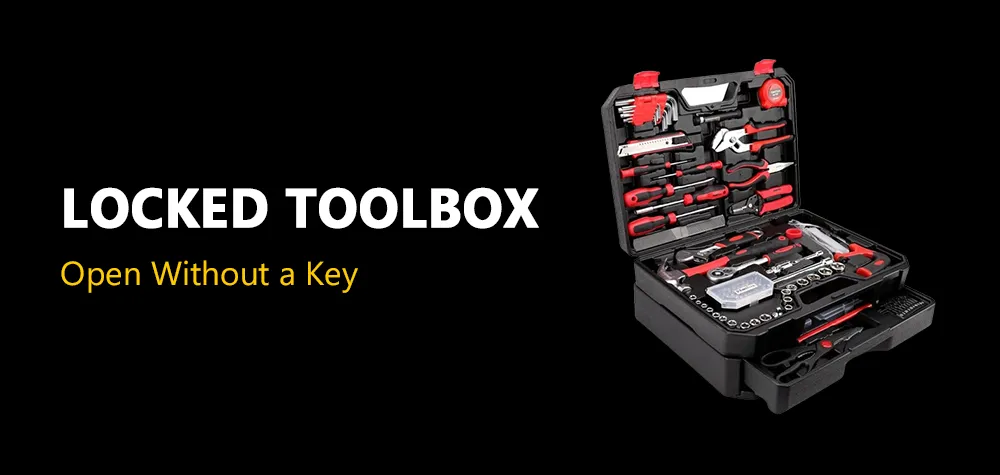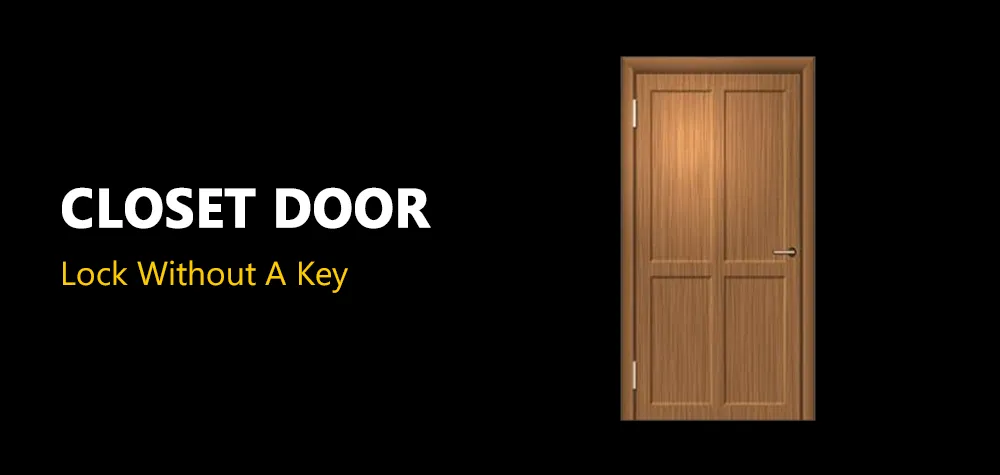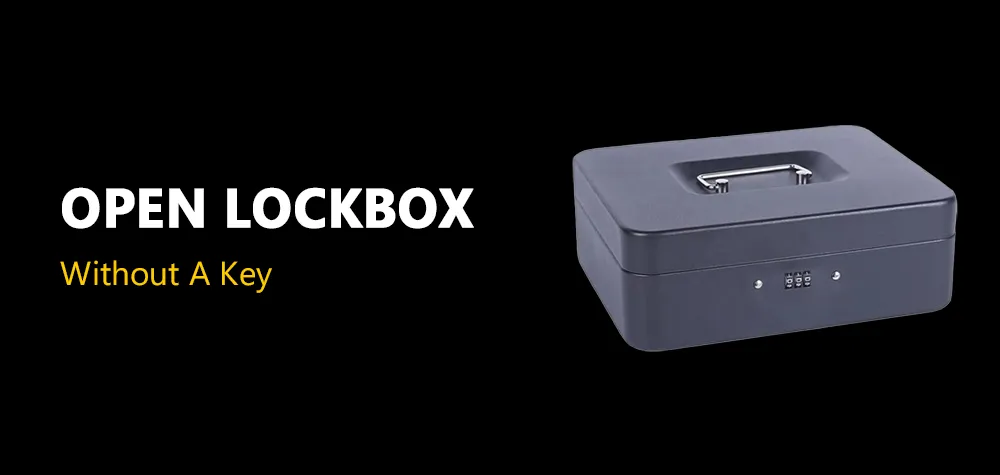Troubleshooting a Door Knob That Won't Turn
Call Us Any Time!
24/7 Residential, Commercial & Automotive Locksmith Services
Understanding the Problem
Mechanical Issues
Mechanical issues with door knobs are a common occurrence and can lead to difficulty in turning the knob. These issues may arise due to wear and tear over time or poor quality of the door knob mechanism. One of the most prevalent mechanical issues is the internal components of the door knob becoming worn or damaged, such as springs or pins. When these components degrade, they can cause the knob to stick or become unresponsive when turning. Additionally, rust or corrosion may develop within the mechanism, further hindering its functionality. To address mechanical issues, thorough inspection and potential replacement of internal components may be necessary. Lubrication of moving parts can also help alleviate friction and improve the smoothness of operation.
Misaligned Door Components
Misalignment of door components, such as the door knob, latch, strike plate, or hinges, can significantly impact the functionality of the door. Misalignment often occurs gradually over time due to settling of the building or frequent use of the door. When components are misaligned, the door knob may not properly engage with the latch or strike plate, preventing it from turning smoothly. This misalignment can cause friction or resistance when attempting to turn the knob. Additionally, misaligned hinges may cause the door to sag or stick, exacerbating the issue. To identify misalignment, careful examination of the door components is required. Adjustments may need to be made to realign the door knob, latch, or strike plate, ensuring proper engagement and smooth operation.
Loose Screws or Hardware
Loose screws or hardware can also contribute to a door knob that won't turn properly. Over time, the constant use of the door can cause screws to become loose, resulting in instability and misalignment of door components. Loose screws on the door knob itself, the strike plate, hinges, or other hardware can lead to issues with the door's functionality. When screws are not securely tightened, the door knob may wobble or feel unstable, making it difficult to turn. Additionally, loose screws can cause misalignment of the latch or strike plate, preventing proper engagement of the door knob. To address this issue, thorough inspection of all screws and hardware is necessary. Tightening any loose screws with a screwdriver can help stabilize the door components and improve the operation of the door knob.
Inspection of Door Knob and Lock Mechanism
When encountering a door knob that won't turn, a comprehensive inspection of the door knob and lock mechanism is essential to identify the root cause of the issue. Begin by examining the exterior and interior components of the door knob for any visible signs of damage or wear. Check for rust, corrosion, or debris that may be obstructing the mechanism. Next, remove the door knob and inspect the internal components, such as the spindle, springs, and pins, for any signs of damage or malfunction. Ensure that all components are properly lubricated and functioning smoothly. Additionally, inspect the lock mechanism, including the latch, strike plate, and mortise, for any misalignment or damage. By conducting a thorough inspection of the door knob and lock mechanism, you can pinpoint the cause of the problem and determine the appropriate course of action for repair.
Read more about Door lock problems you must address!
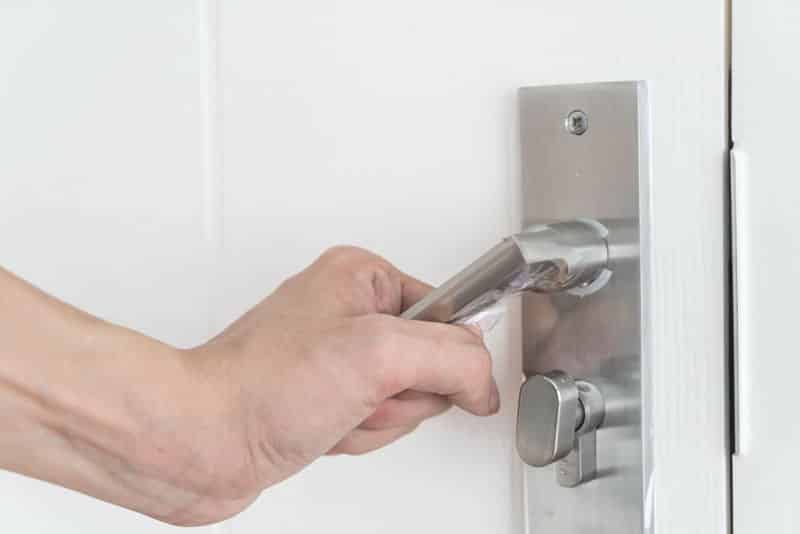
Steps to Fix a Door Knob That Won't Turn
Lubricating the Door Knob
Lubricating the door knob is often the first step in fixing a door knob that won't turn smoothly. By applying lubricant to the internal components of the knob mechanism, you can reduce friction and improve its overall functionality. There are several types of lubricants commonly used for this purpose, including WD-40 and graphite powder. WD-40 is a versatile lubricant that can penetrate tight spaces and loosen rusted or corroded parts, making it effective for freeing up stuck door knobs. On the other hand, graphite powder is a dry lubricant that creates a smooth, friction-reducing surface on metal parts without attracting dirt or dust. When applying lubricant to the door knob, it's essential to use the proper technique to ensure thorough coverage and maximum effectiveness.
Applying Lubricant
To apply lubricant to the door knob, begin by spraying WD-40 or sprinkling graphite powder directly onto the internal components of the knob mechanism. Focus on areas where metal parts make contact, such as the spindle, springs, and pins. Use the nozzle attachment included with the WD-40 can to reach tight spaces and ensure even distribution of the lubricant. For graphite powder, use a small brush or applicator to coat the metal parts evenly. Be careful not to over-apply the lubricant, as excess buildup can attract dirt and debris, leading to further issues with the door knob. Once the lubricant has been applied, allow it to penetrate the mechanism for a few minutes to ensure optimal lubrication.
Testing the Door Knob
After applying lubricant to the door knob mechanism, it's important to test the knob to see if the lubrication has improved its movement. Turn the knob several times in both directions to distribute the lubricant evenly and work it into the mechanism. Pay attention to any changes in the knob's resistance or smoothness of operation. If the knob still feels stiff or difficult to turn, you may need to apply additional lubricant or consider other troubleshooting steps. However, if the knob moves more freely and without resistance, the lubrication has likely resolved the issue, and the door knob should now function properly.
Tightening Screws and Hardware
One of the common causes of a door knob that won't turn smoothly is loose screws or hardware. Over time, screws on the door knob, hinges, strike plate, or other hardware may become loose due to frequent use or settling of the building. Loose screws can cause instability and misalignment of door components, leading to difficulty in turning the knob. To address this issue, inspect all screws and hardware associated with the door, including those on the door knob itself, hinges, and strike plate. Use a screwdriver to tighten any loose screws, ensuring they are securely fastened to stabilize the door components.
Inspecting Screws on the Door Knob
Begin by inspecting the screws on the door knob to identify any that may be loose or improperly fastened. Use a screwdriver to tighten any loose screws, focusing on those securing the knob to the door. Check both the interior and exterior sides of the door knob for screws that may need tightening. Additionally, inspect screws on the strike plate and hinges to ensure they are securely fastened. Tightening loose screws can help stabilize the door knob and improve its functionality.
Checking Hinges and Strike Plate
In addition to inspecting screws on the door knob, it's important to check the hinges and strike plate for any signs of misalignment or looseness. Misaligned hinges or a misaligned strike plate can prevent the door from closing properly and may contribute to difficulty in turning the knob. Inspect the hinges to ensure they are securely attached to the door frame and that the door is properly aligned with the frame when closed. Similarly, check the strike plate to ensure it aligns with the latch when the door is closed. Adjustments may be needed to realign the hinges or strike plate to improve the operation of the door knob.
Aligning the Door
If misalignment issues are identified during the inspection, adjustments may be necessary to align the door properly. Misalignment of the door can occur over time due to settling of the building or frequent use of the door. To align the door, carefully adjust the hinges or strike plate as needed to ensure proper alignment with the door frame when closed. Use a screwdriver to loosen the screws holding the hinges or strike plate in place, make any necessary adjustments to align the door, and then tighten the screws securely to maintain alignment. Proper alignment of the door can help alleviate issues with the door knob and improve its functionality.
Cleaning the Lock
A common culprit behind a door knob that won't turn smoothly is a dirty or clogged lock mechanism. Over time, dust, dirt, and debris can accumulate inside the lock, hindering its operation. To address this issue, start by cleaning the lock to remove any buildup of grime or foreign particles. Use a soft-bristled brush or cotton swab to gently scrub the interior of the lock, dislodging any dirt or debris that may be causing friction. Avoid using excessive force, as this could damage delicate components of the lock.
Removing Debris or Obstructions
After cleaning the lock, inspect it for any remaining debris or obstructions that may be impeding its function. Use a flashlight to peer into the keyhole and examine the interior of the lock closely. Look for any foreign objects, such as pieces of broken keys or accumulated debris, that may be blocking the movement of the lock mechanism. If you spot any obstructions, carefully remove them using tweezers or a small pick tool. Be gentle to avoid causing damage to the lock components.
Using Compressed Air or Cleaning Solution
For stubborn buildup or hard-to-reach areas within the lock mechanism, you may need to use compressed air or a specialized cleaning solution. Compressed air can help dislodge dirt and debris from tight spaces within the lock, allowing for easier removal. Alternatively, you can use a lock-specific cleaning solution to dissolve stubborn grime and lubricate the internal components of the lock. Apply the cleaning solution sparingly to avoid oversaturation, and use a cotton swab or brush to gently agitate the solution within the lock.
Repairing or Replacing the Lock
If cleaning the lock does not resolve the issue, it may be necessary to repair or replace the lock mechanism entirely. Faulty components within the lock, such as worn-out springs or damaged pins, can prevent the knob from turning smoothly. To identify the specific cause of the problem, disassemble the lock mechanism carefully and inspect each component for signs of damage or wear. If any parts appear worn or damaged, consider replacing them with new ones. Alternatively, you may opt to replace the entire lock mechanism with a new one to ensure reliable operation.
Identifying Faulty Components
During the inspection process, pay close attention to the individual components of the lock, such as the springs, pins, and tumblers. Look for any signs of wear, corrosion, or misalignment that may be contributing to the problem. Faulty components can disrupt the smooth operation of the lock and may need to be repaired or replaced to restore functionality. Take note of any damaged or worn-out parts that require attention during the repair process.
Replacing Worn-Out Parts or the Entire Lock Mechanism
Once you have identified the faulty components within the lock, take steps to address them accordingly. If only a few parts are damaged or worn, you may be able to replace them individually to restore the lock's function. Look for replacement parts that are compatible with your specific lock model and follow the manufacturer's instructions for installation. Alternatively, if the lock is extensively damaged or outdated, you may opt to replace the entire lock mechanism with a new one. Choose a high-quality lock that meets your security needs and ensure proper installation to prevent future issues.
Seeking Professional Help
If your attempts to fix the door knob issue on your own prove unsuccessful, it may be time to seek professional assistance. A locksmith can provide expert guidance and solutions tailored to your specific situation. Brothers Locksmith, renowned for their expertise in locks and security systems, offers professional services to address a wide range of lock-related issues. Whether you're dealing with a stubborn door knob or more complex lock problems, consulting a locksmith can save you time and hassle.
When DIY Solutions Fail
When DIY solutions fail to resolve the problem, it's essential to recognize when it's time to call in the professionals. Complex lock issues or repairs may require specialized knowledge and tools that only a qualified locksmith can provide. Attempting to tackle advanced lock repairs without the necessary expertise can lead to further damage and potentially compromise the security of your property. By enlisting the services of a professional locksmith, you can ensure that the problem is addressed effectively and safely.
Hiring a Handyman
In some cases, you may opt to hire a handyman to assist with door-related issues, including door alignment and hardware installation. While locksmiths specialize in locks and security systems, handymen possess a broader skill set that includes general home repairs and maintenance tasks. If your door knob problem is related to issues with door alignment or requires hardware installation or replacement, a handyman can offer practical solutions and assistance. They can help ensure that your doors function properly and address any underlying issues that may be affecting their performance.
Regular Inspection
Implementing a schedule for regular inspection of your door knobs and locks is crucial for detecting potential issues early on. Set aside time periodically to visually inspect all door knobs and locks throughout your property. Look for signs of wear, loose screws, or any abnormalities in the operation of the locks. By catching problems early, you can prevent them from escalating into more significant issues that require costly repairs.
Addressing Minor Issues Promptly
When conducting your inspections, if you notice any minor issues such as loose screws or sticking door knobs, address them promptly. Tighten loose screws using a screwdriver to ensure that the door hardware remains secure. If a door knob is sticking or difficult to turn, apply lubricant to the mechanism to improve its operation. Taking prompt action to resolve minor issues can prevent them from worsening over time and prolong the lifespan of your door hardware.
Proper Usage
Encourage gentle handling of door knobs among occupants of your property to minimize wear and tear on the hardware. Remind individuals to avoid excessive force or pressure when operating door knobs, as this can cause premature damage or malfunction. Educate household members or employees on proper door knob usage, emphasizing the importance of treating the hardware with care to prevent unnecessary wear and mechanical issues.
Avoiding Excessive Force or Pressure
Excessive force or pressure exerted on door knobs can lead to damage to the internal mechanisms and components. Remind occupants of your property to operate door knobs with a gentle touch, avoiding unnecessary force when turning or pulling on the hardware. Discourage behaviors such as slamming doors or forcefully twisting door knobs, as these actions can cause misalignment or breakage of the hardware. By promoting gentle handling practices, you can help prolong the lifespan of your door knobs and prevent premature failure.
Conclusion:
In conclusion, maintaining properly functioning door knobs is essential for the security and functionality of any property. By understanding the common causes of door knob issues and implementing preventive maintenance measures, you can minimize the likelihood of encountering problems such as knobs that won't turn. Regular inspection, prompt resolution of minor issues, and proper usage practices are key to preserving the integrity of your door hardware.
In cases where DIY solutions are insufficient, seeking professional assistance from a locksmith or handyman can provide expert guidance and ensure that more complex issues are addressed effectively. Additionally, preventive maintenance tips such as gentle handling and avoiding excessive force can help prolong the lifespan of door knobs and reduce the need for costly repairs.
By incorporating these preventive maintenance strategies into your routine, you can maintain the functionality and security of your doors, providing peace of mind for occupants and safeguarding your property against potential security vulnerabilities.
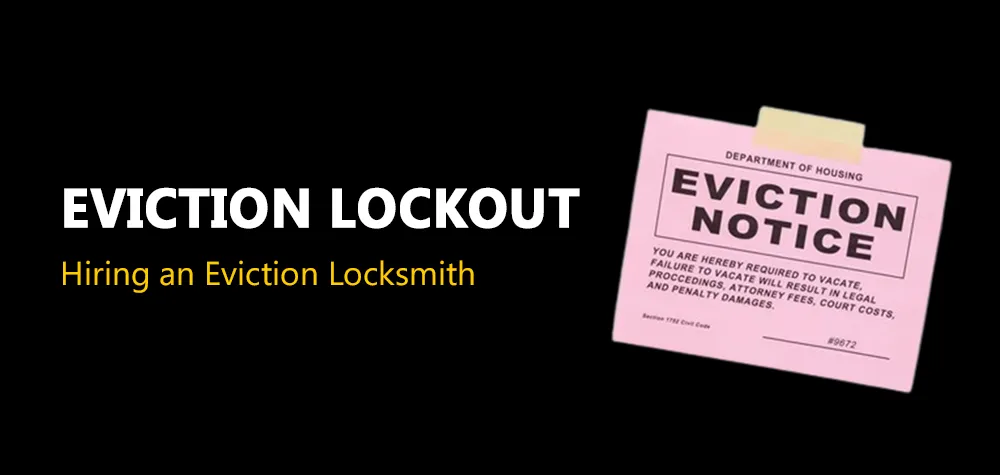
All Rights Reserved | BROTHERSLOCKSMITH.COM
Privacy Policy


